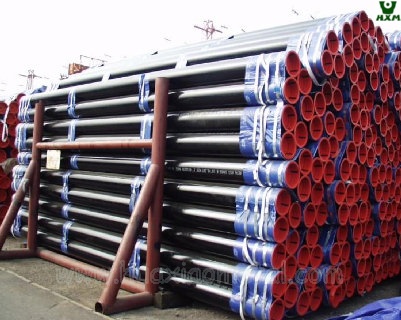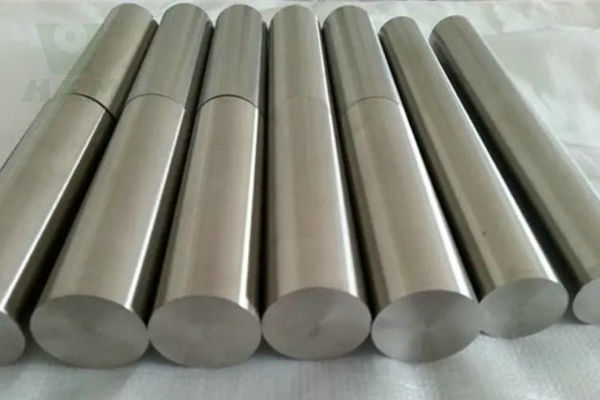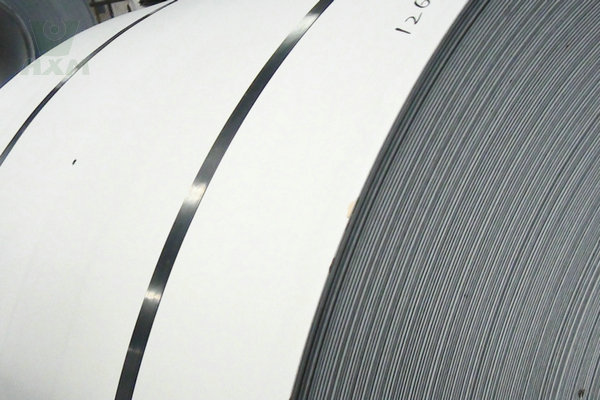Carbon Steel vs Stainless Steel is two of the most commonly used metal materials in today’s world. Carbon Steel is an alloy steel containing carbon, which has high strength and hardness and is often used in the manufacture of tools, building structures, and mechanical parts. Stainless Steel is an alloy steel that contains no less than 10.5% chromium, a material that resists oxidation and corrosion and is therefore widely used in kitchens, medical equipment, and aerospace.
In this article, we will explore the differences and commonalities between Carbon Steel and Stainless Steel, analyze their characteristics, applications, advantages, and disadvantages, and how to maintain them. We will provide a detailed comparison and contrast to help readers better understand these two metal materials in order to make the best choice.
Definition and Characteristics of Carbon Steel vs Stainless Steel
Carbon Steel
Stainless Steel
Generally speaking, there are great differences between Carbon Steel and Stainless Steel in terms of composition, physical properties, chemical properties and application fields, so it is necessary to choose the appropriate material according to specific needs.
Applications of Carbon Steel and Stainless Steel
Carbon Steel
Stainless Steel
In general, Carbon Steel vs Stainless Steel has a wide range of applications in different fields. Choosing the right material depends on specific application needs and cost factors.
Advantages and Disadvantages of Carbon Steel vs Stainless Steel
Both Carbon Steel vs Stainless Steel have their own unique advantages and disadvantages that need to be considered when choosing the right material.
Advantages and Disadvantages of Carbon Steel
Advantage:
Disadvantage:
Advantages and Disadvantages of Stainless Steel
Advantage:
Disadvantage:
Generally speaking, Carbon Steel vs Stainless Steel has its own advantages and disadvantages, and choosing the appropriate material according to specific needs is necessary. For occasions requiring high strength and hardness, Carbon Steel is the first choice; for circumstances requiring excellent corrosion resistance and aesthetic appearance, Stainless Steel is the best choice.
Care and Maintenance of Carbon Steel and Stainless Steel
Both Carbon Steel and Stainless Steel require maintenance and maintenance during use to prolong their life and maintain their appearance.
Care and Maintenance of Carbon Steel
- Anti-rust: Carbon Steel is prone to rust, so it needs to be kept dry before use, and coated with anti-rust oil or lubricant to prevent oxidation and corrosion.
- Cleaning and Maintenance: Carbon Steel can be wiped clean with soapy water and a sponge. It should be wiped dry immediately after use to prevent water spots and fingerprints from smearing. In use, Carbon Steel should avoid prolonged exposure to water and humid environments to avoid rust.
- Heat treatment: The properties of Carbon Steel can be changed by heat treatment. For Carbon Steel that needs to be processed, it can be quenched and tempered to change its hardness and strength. During the heating process, attention should be paid to the control of temperature and time to ensure the best effect.
Maintenance and Maintenance of Stainless Steel
- Prevent scratches and corrosion: Although Stainless Steel has good corrosion resistance, care is still required to avoid surface scratches and corrosion. Avoid contact with hard objects such as other metals, sand, and chemicals during use to prevent scratches and corrosion.
- Cleaning and Maintenance: Stainless Steel can be wiped clean with soapy water and a soft cloth, or you can use a special stainless steel cleaner. During the cleaning process, care needs to be taken to avoid the use of cleaners containing chlorides and acids to avoid damage to the surface.
- Polishing: The surface of Stainless Steel can be polished to maintain its brightness and beauty. The polishing process requires the use of appropriate polishes and tools to avoid scratches and damage to the surface.
In general, the maintenance and maintenance of Carbon Steel and Stainless Steel need to be carried out according to specific conditions. For Carbon Steel, care is required to prevent rust and heat treatment; for Stainless Steel, care is required to prevent scratches and corrosion, as well as regular cleaning and polishing. With proper care and maintenance, it can prolong its life and maintain its appearance.
In Conclusion
To sum up, both Carbon Steel vs Stainless Steel have their unique characteristics and uses. Carbon Steel has high strength and hardness, and is widely used in construction, manufacturing, automobile, and other industries; while Stainless Steel has good corrosion resistance and aesthetics, and is widely used in the kitchen, pharmaceutical, chemical, and other fields.
However, the two materials also have some disadvantages, such as Carbon Steel being easy to rust, and the cost of Stainless Steel being relatively high. When choosing a material, you need to consider its characteristics and application, as well as how well it matches your specific needs.







